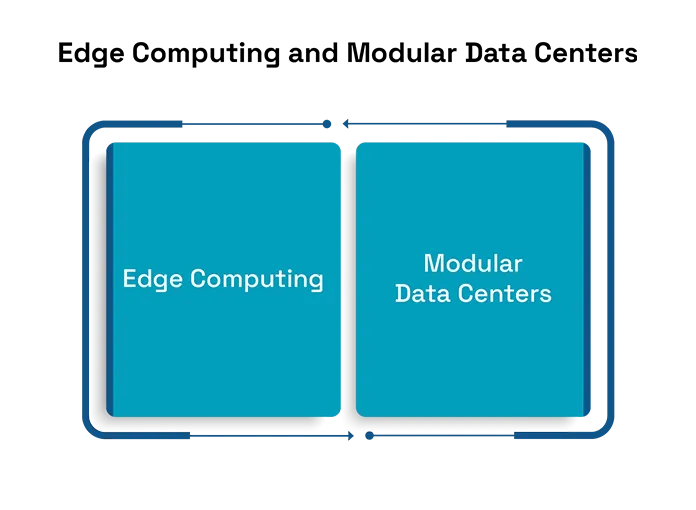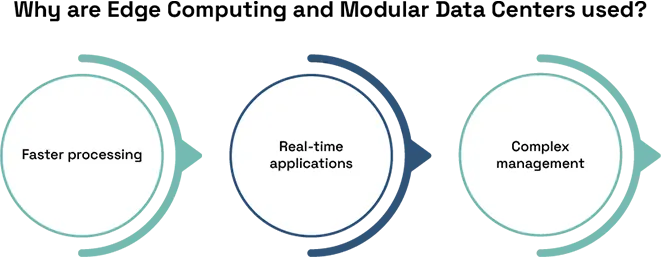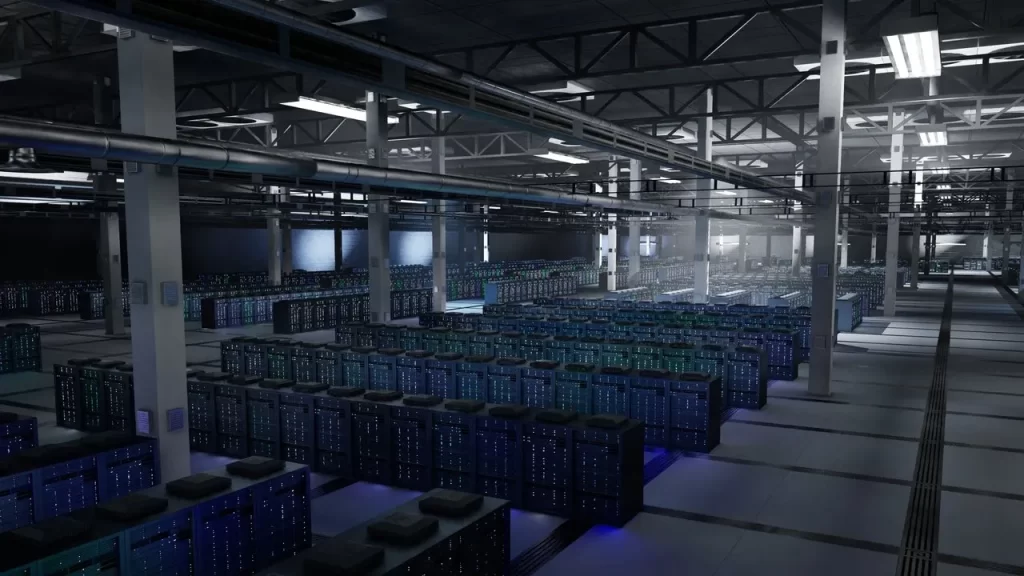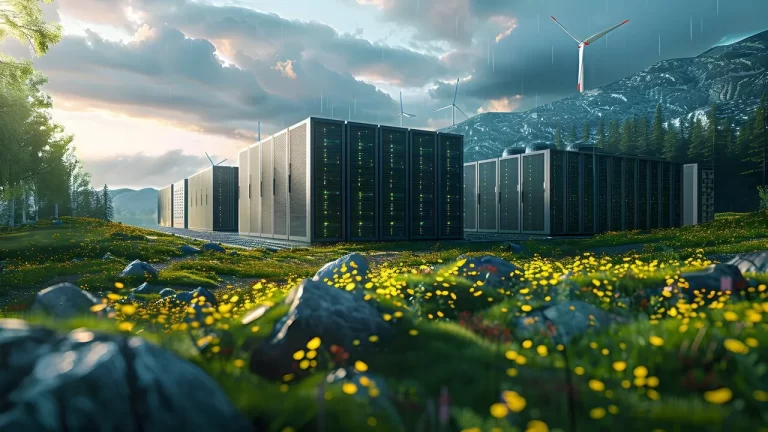In the year 2025, edge computing will continue to grow fast. It brings data processing closer to users for faster, real-time results. During the pandemic, companies expanded their edge network quickly. Today, this trend is still strong. With 5G rolling out, the need for better and faster data center infrastructure management is rising. Many businesses now look to modular data centers to meet these needs. These centers are smaller, flexible, and easier to set up where needed. They also work to make real-time transactions possible and lessen delays.
Market trends and news show that modular units are now matching big data centers in sustainability and performance. Experts from Schneider Electric say modular solutions offer quick deployment and strong energy savings. These units also follow strong safety rules to protect data. As data grows and digital services expand, modular data centers may help bridge the gap between cloud and edge. They are becoming key to building a fast helping bridge the gap between cloud and edge. They are becoming key to building a fast, secure, and efficient future-ready data center network.

What are Edge Computing and Modular Data Centers?
In edge computing, the processing and calculating of data happens close to the point where it is produced, sometimes at the user’s side. This reduces delays and improves performance. Instead of sending all data to one big center, small sites handle tasks locally. These sites often use a unified computing system, which combines storage, computing, and networking in one setup. This makes the system respond faster and easier to manage to learn. Edge locations are great for apps that need quick responses, like smart devices or video streaming.
Setting up a modular data center is fast and can be done in a short period at any required place. Supporting these systems are important things like cooling solutions, backup sources of power and data servers in the main area. These centers are helpful when companies need to grow fast or serve remote areas. They also support large data storage solutions, making use of data center optimization techniques to improve energy use and boost performance in modular centers, helping save money and reduce downtime.
Why are Edge Computing and Modular Data Centers used?
Running data processing near its source, with edge computing, allows for faster handling than sending it across long distances. As a result, things move along more smoothly and users experience better service. It’s very useful for applications that need real-time data, like video calls or smart machines. By using a unified computing system, edge sites can perform computing, storage, and networking tasks all in one compact setup.
modular data centers are a favorite choice since they can be easily assembled, moved and expanded when needed. Items like cooling systems, power supplies and servers are included in a single data center unit. Moreover, servers can store large amounts of data and help businesses use data center optimization to cut down on energy and enhance their productivity.

Edge Computing’s Impact on the Data Center Industry
Many data center owners now choose edge sites instead of building large, new facilities. This is because edge sites are faster and cheaper to deploy. A common type, the prefabricated modular data center, is built using standard tools and tech. These can be ready 30% faster and cost 30% less to save money. Edge sites are smart data center solutions that help save money and time. They also support better data center operations by matching power and cooling to real needs.
Edge computing works well with data centers in cloud computing, as it brings local processing closer to the user. These small, flexible centers are designed with smart data center architecture and often include liquid cooling data center technology to reduce heat in tight spaces. Because they are built for real demands, they avoid waste and help create a more efficient data center. When planned well, edge sites can reach better PUE value data center targets, which means energy is used wisley.
What market advantages do modular data centres offer?
With modular data centers, the Top big tech companies can handle new technology challenges more easily. Because they are small, these centers are simple to set up and generally work well in tiny areas or in remote locations. Their design uses container data center models, which are built in factories and shipped ready to use. This makes them much faster delivery, with every unit being consistent. This helps both small businesses and the largest data center companies stay flexible and ready for change.
These modular units also help meet high sustainability standards. The repeatable design reduces waste and supports green goals. Some even use immersion cooling data center technology, which lowers energy use by cooling equipment more efficiently. Companies can reuse materials and reduce shipping impact, making these centers better for the environment. As more businesses join the Datacenter World, modular centers offer a smart, fast, and eco-friendly solution to keep up with the growing demands for digital services.








